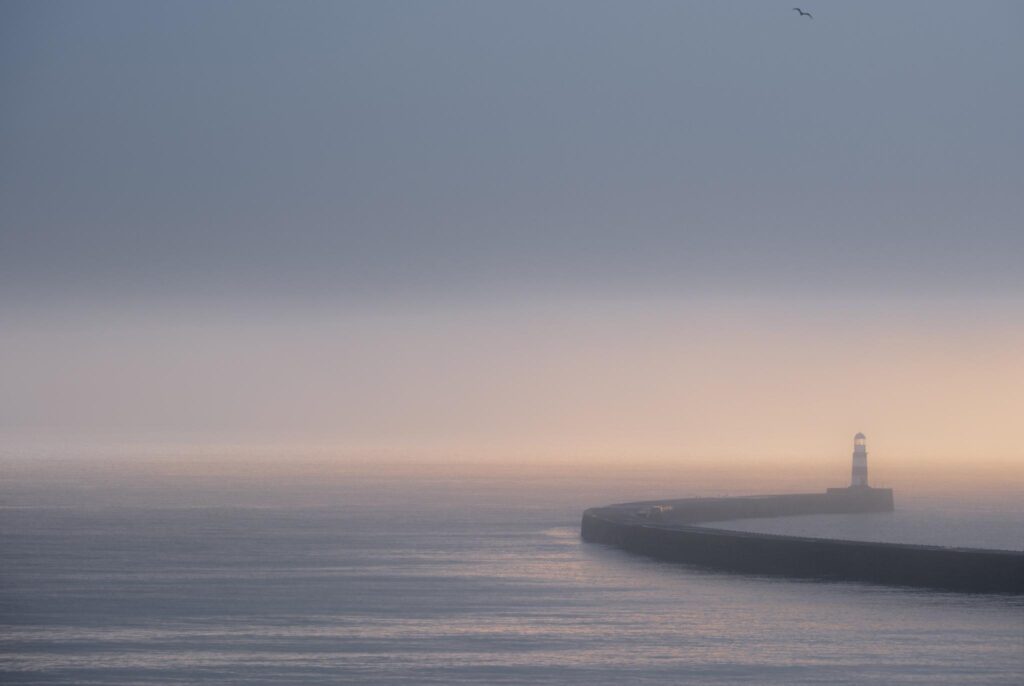When I started shooting videos some 17 years ago, I treated the medium the way I did with photography. That is to say, in most shots, I would try to capture the entire subject in one image.
Video, however, doesn’t work like that. Firstly you are restricted to landscape format if you create bona fide films. Secondly, wide angles were quite lacking in the video, so to get everything in, you had to pan or tilt. Lastly and most importantly, the thought was that a good video film does not consist entirely of wide, all-encompassing shots of the entire subject. If it did, it would soon become a boring film. Instead, you have a mixture of shots. The wide, all-encompassing, establishing shot. Mid shots take in parts of the subject, then the close, detail shots isolate interesting small details in the scene. In a video, you probably need three detail shots for every wide shot. Understanding this improved not only my video production but also my photography.
Photography Should Tell A Story
I have talked about how you can make a single image tell a story. However, conveying that story in one shot is not always possible. In these cases, we can adopt a more cinematic approach to our photography by shooting the aforementioned establishing, mid and close shots.
By doing this, we give ourselves options for conveying that story to our audience. We can present the images in a linear style, such as consecutive prints or a slideshow, or we can composite the images into a single image that tells the story in one shot. A close, detailed shot is essential in that storytelling.
Devil Is In The Details
What do I mean by this? Last year, I shot a personal project called Glimpses of London. The idea was to shoot images that conveyed that you were in London without resorting to the cliche, postcard-style shots.
In that project, I found myself increasingly isolating London details to get that message across. And that’s the point. By isolating carefully chosen details within a scene, you can tell the viewer where they are without showing the subject as a whole. Take this shot below.
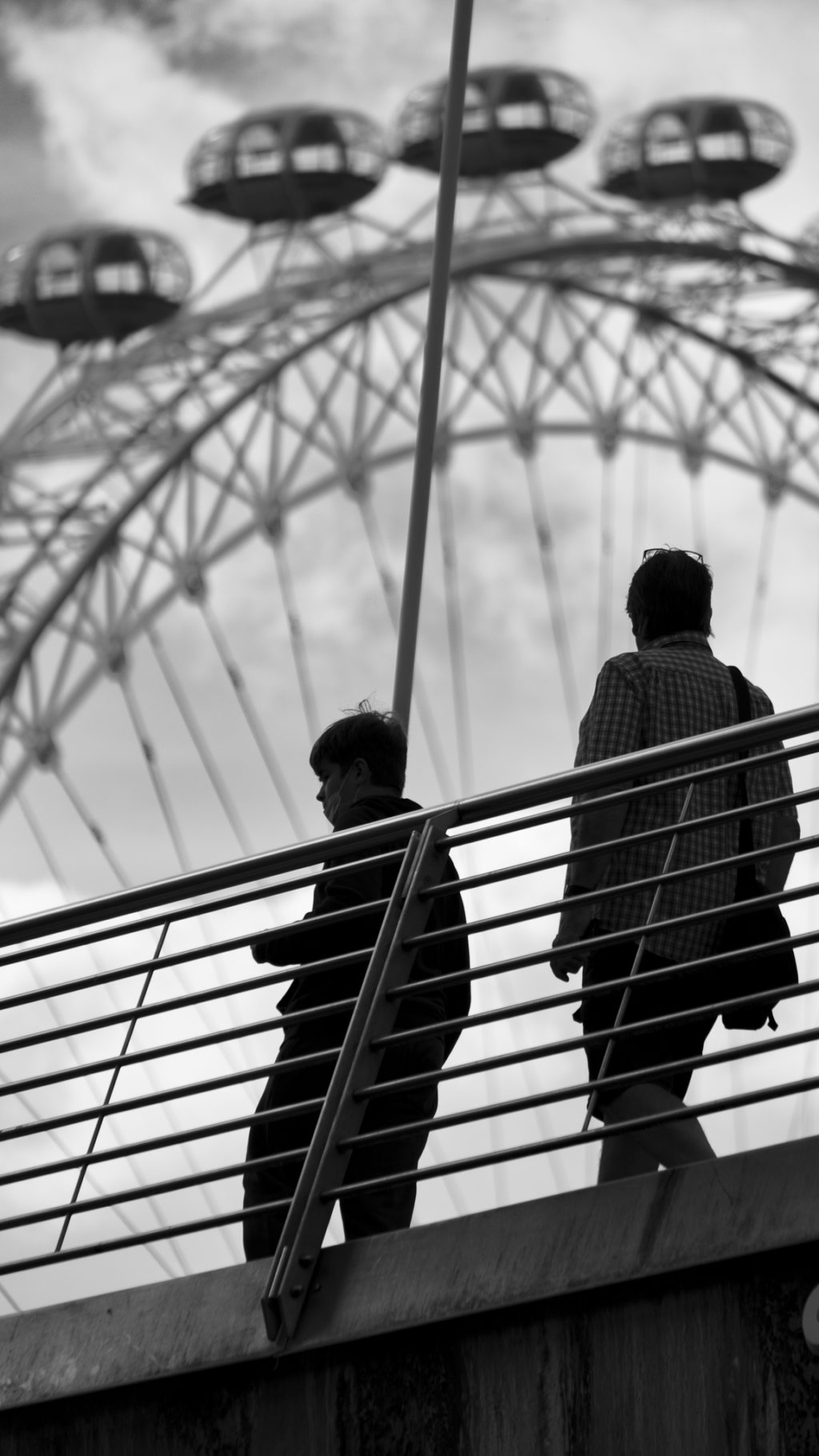
Instead of shooting a classic wide-angle shot of the iconic London Eye, I have chosen to move further, behind the Hungerford pedestrian bridge. Then using a telephoto lens, I isolated the details whilst suggesting the location in the background. The result is an interesting shot that shouts London without ever showing a London icon as a whole.
Details Are Everywhere
The great thing about details is that they are everywhere, from the badge of an iconic car to the exteriors of iconic buildings.
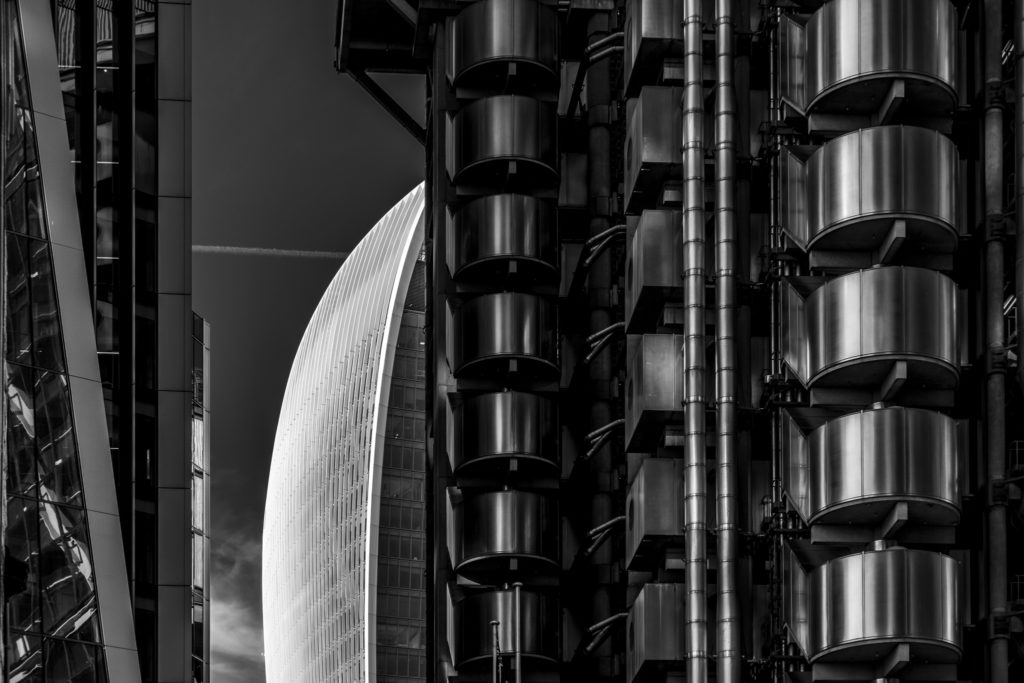
The above is another example of isolating the details yet suggesting the wider story. In this shot, I have used details of the instantly recognizable exterior of the Lloyds Building in London to draw the eye through to another instantly recognizable landmark.
Lastly, let's take a look at this simple detail image. From it, I can tell the time of year, autumn, and London's location. It’s a classic example of how one fairly simple-looking detail image can convey so much information.
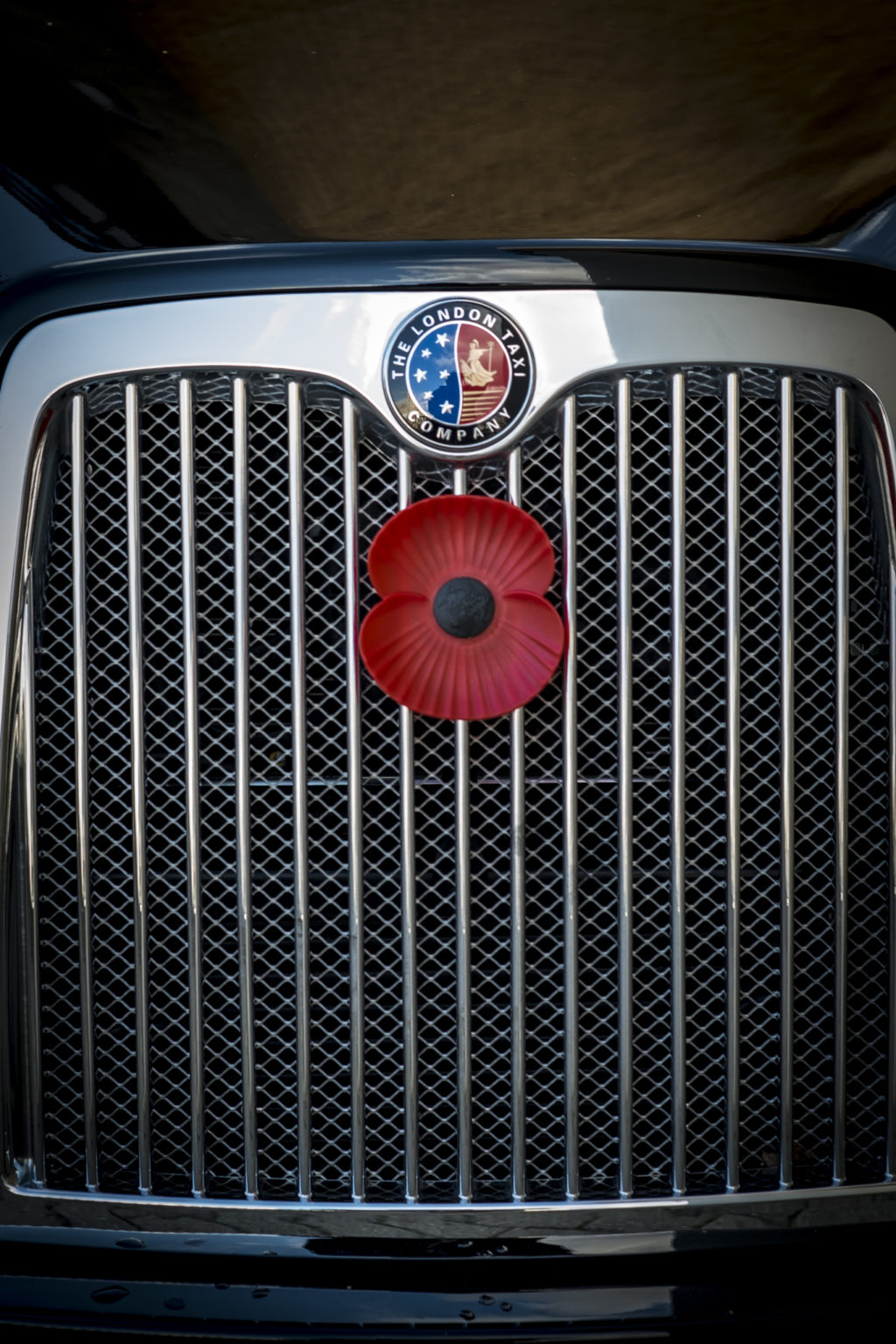
Shooting Details Improves Your Visual Focus
As I mentioned at the top, it took shooting video for me to understand the power of a detail shot. Before then, I would look at a scene as a whole. Isolate the main subject, then look at ways to get the composition. What I did not do was look in detail at that subject.
Shooting details can improve your visual focus. Not only are you seeking to shoot the wider subject within a scene, but you are training your eye to isolate details within that subject. It requires a slightly different mindset and often requires a different composition approach.
This is great for tuning the eye to more creative possibilities. In turn, this can lead to you getting an increase in more creative images on each shoot.
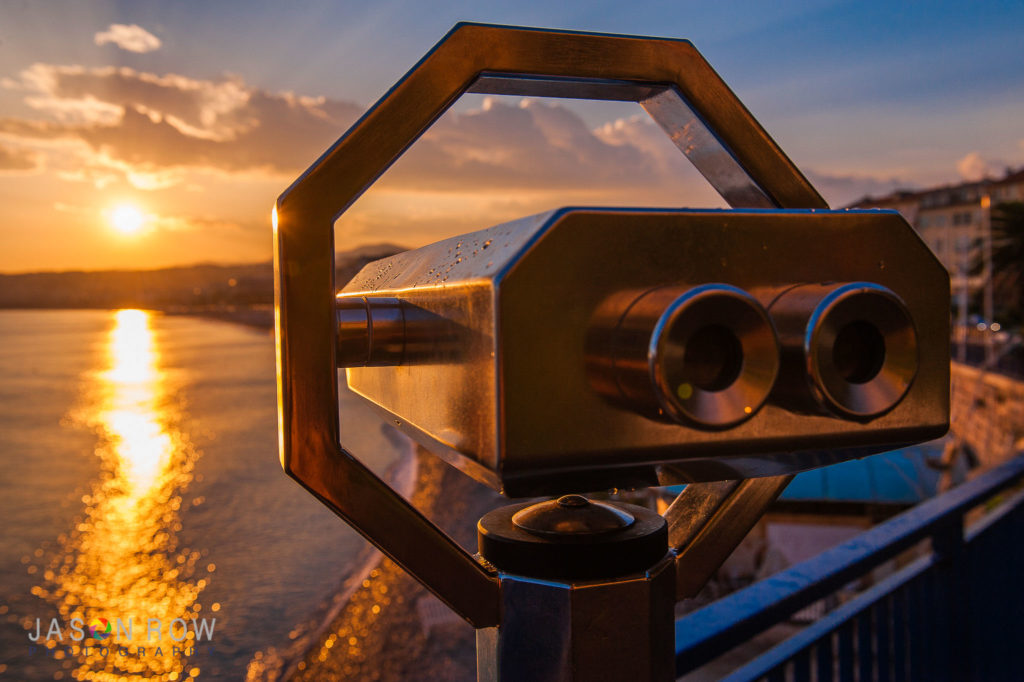
Genres That Benefit From Detail Shots
Let’s quickly look at some photographic genres that can benefit from shooting details. Some examples above clearly show that urban and cityscape photography can benefit from shooting details. But it doesn’t stop there.
Another great genre for shooting details is landscapes. As well as showing the sweeping scene in front of you, use a telephoto lens to isolate small details in that landscape such as a village or a tractor plowing the field.
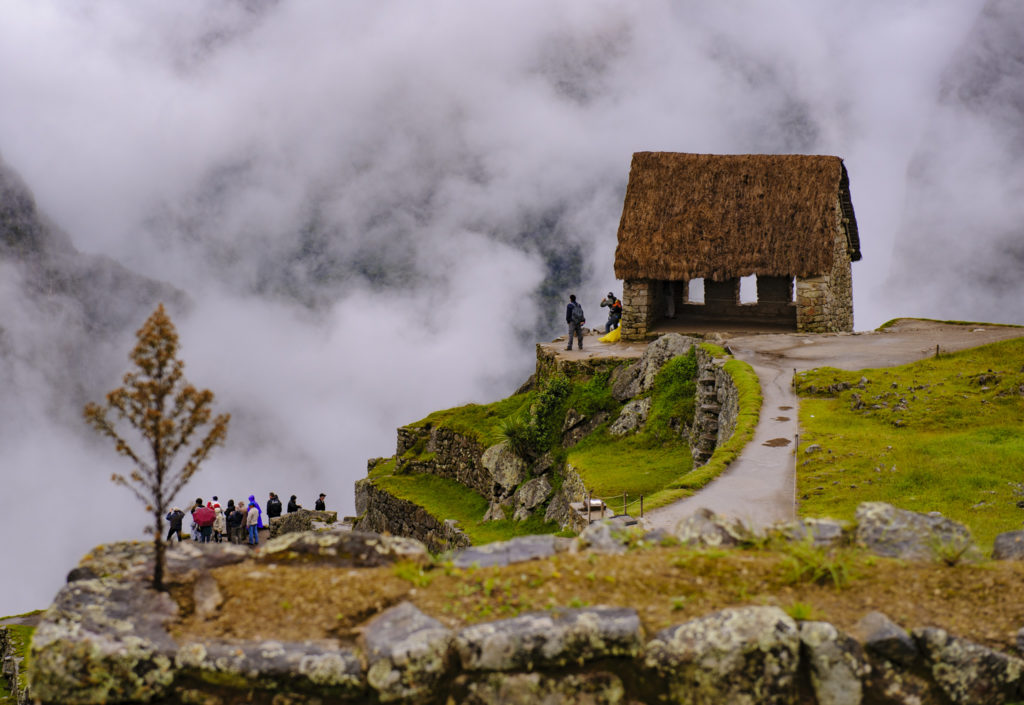
Interior and exterior architecture can be a fantastic source of detailed imagery. Old buildings are often replete with gargoyles and other identifying features. Churches have religious iconography and stain glassed windows. Modern architecture often has sweeping curves of steel and glass, complete with reflections. Interior photography will have similar details, especially in properties that have been designed.
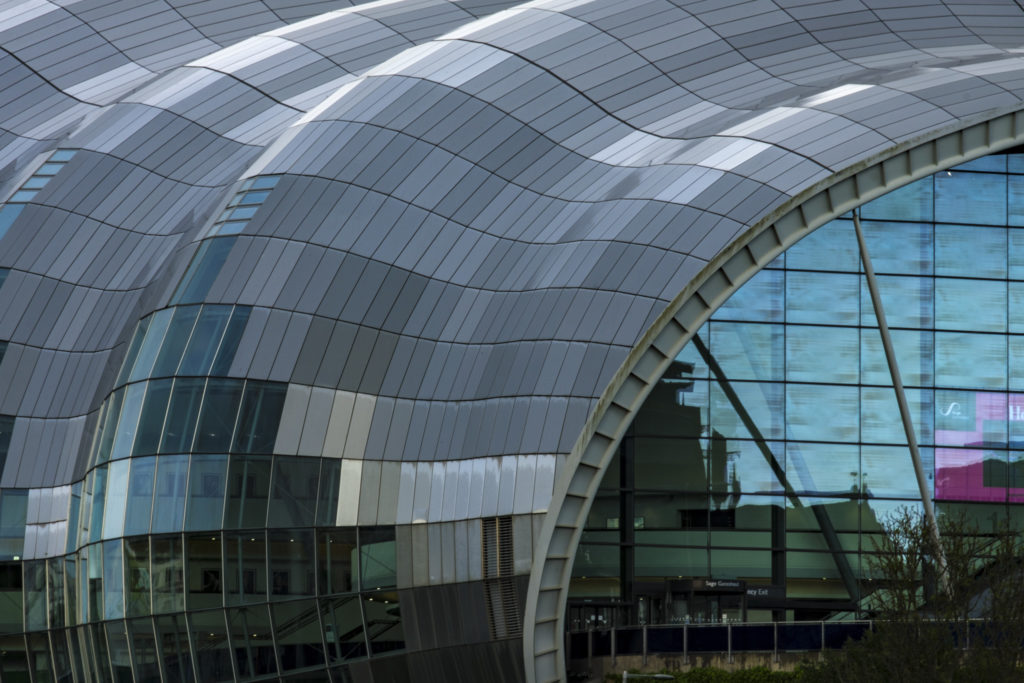
Sports and wildlife both have places in detail. The close-up of a football player heading a ball or the eyes of a beautiful bird. Pretty much most genres of photography lend themselves to details in one way or another. The key is training your creative eye to spot them and find interesting ways to compose them.
Once you have trained your eye to the possibility of shooting details, you will see them everywhere you go. The trickiest part is how to represent that detail so it remains identifiable as part of a larger story. In some genres, for example, that can be relatively easy; in others, it can be quite a challenge. Overcome that challenge, and you will open up a new world of photographic possibilities.
Further Reading:
- These 7 Tutorials Will Inspire You To Embrace Shadows In Photography
- 8 Powerful Tutorials on How to Use Minimalism in Photography
- How To Use Geometry For Creative Composition In Photography
- 10 Composition Tutorials For More Powerful Photographs
- Understanding Detail In Photography
- Texture, Pattern, And Detail

